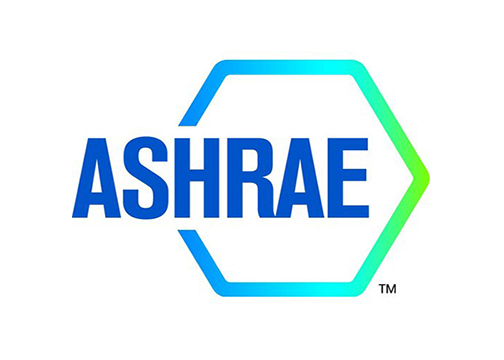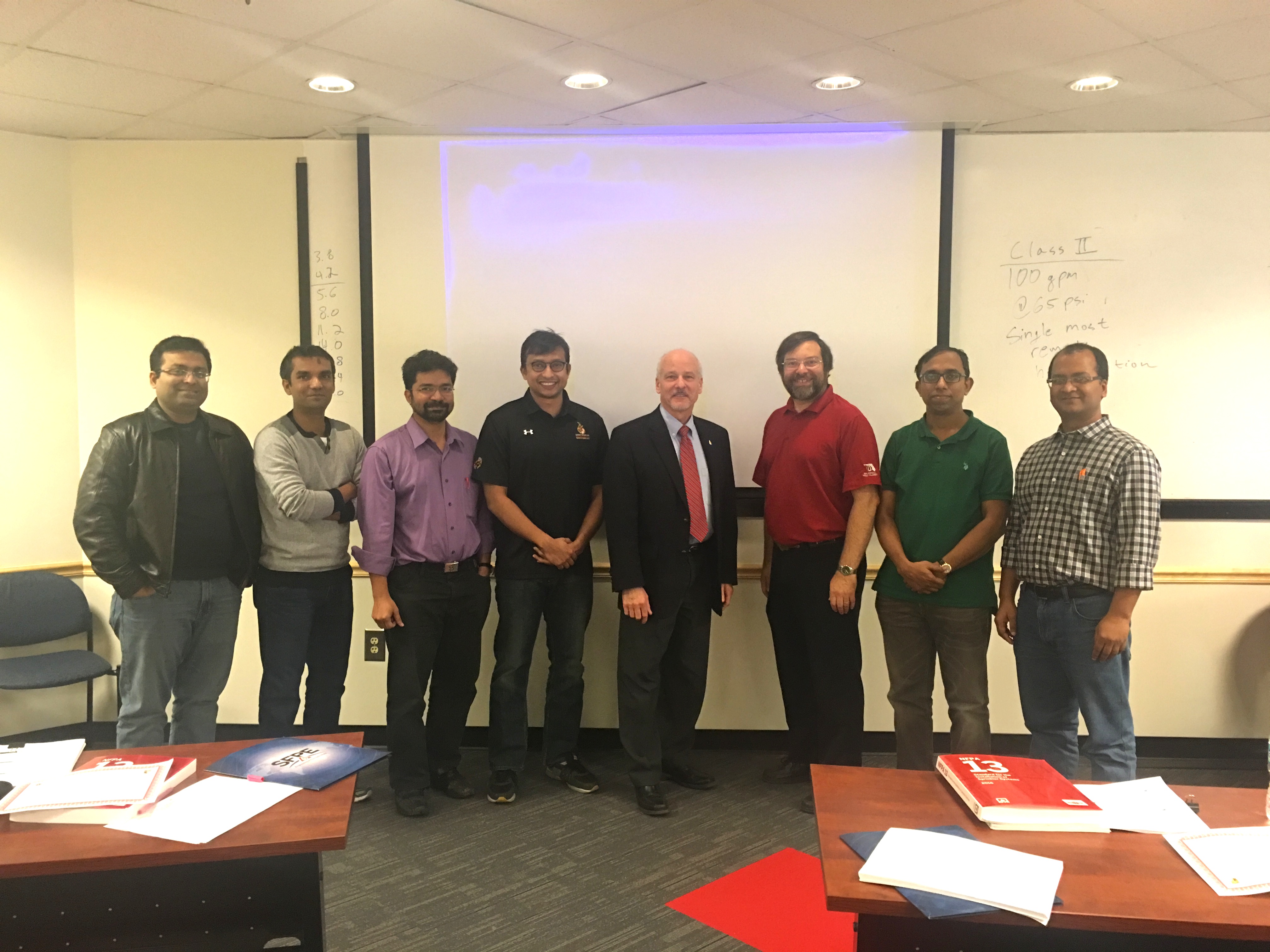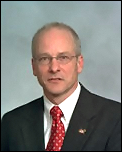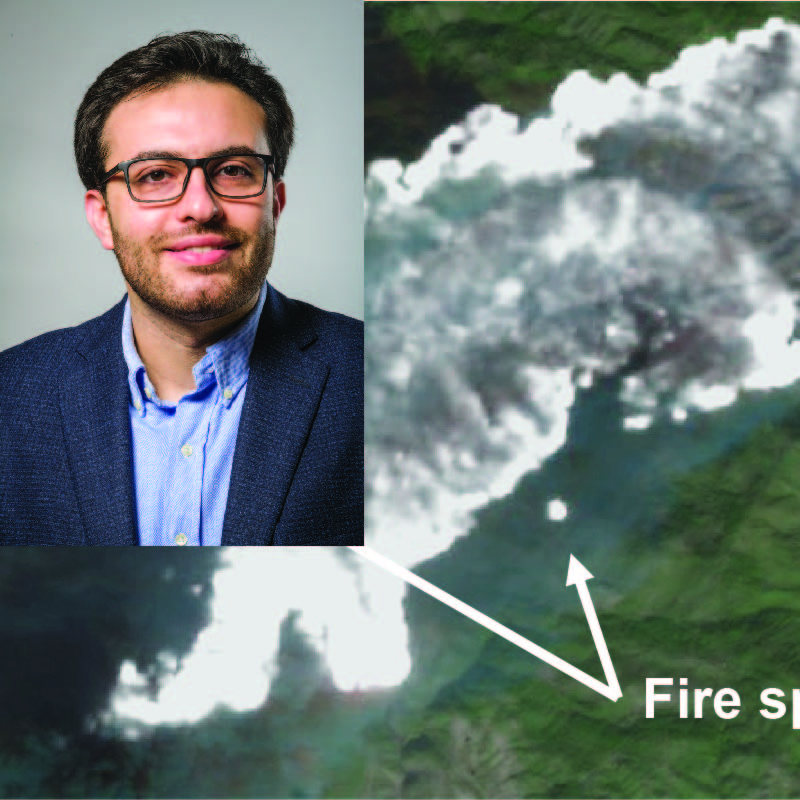News Story
FPE Researchers Receive 2017 ASHRAE Award

Jim Milke and Arnaud Trouve, both Professors within the Department of Fire Protection Engineering, along with their former student, Christine Pongratz, who is currently consulting with ARUP, recently received notice that they have won the 2017 ASHRAE (the American Society of Heating, Refrigerating and Air-Conditioning Engineers) Best Technical Paper Award. The paper, entitled, "A CFD Study to Identify Methods to Increase Maximum Velocity of Make-up Air for Atrium Smoke Control," was presented at ASHRAE's 2016 Annual Conference in St. Louis, MO. Dr. Milke will accept the award, on behalf of the group, at the Society's 2017 Annual Conference in Long Beach, California, taking place June 24-28.
The abstract is as follows:
The primary purpose of this study is to develop engineering methods to assess the impact of increased make-up air velocity in atria. The current restriction defined by NFPA 92 states “The makeup air velocity shall not exceed 200 ft/min (1.02 m/sec) where the makeup air could come into contact with the plume unless a higher makeup air velocity is supported by engineering analysis”. This limitation not only limits creative and aesthetic atria designs but may also represent a significant cost. The present study analyzes the effect of make-up air injected by a variety of vent sizes at elevations at or below the limiting elevation of the flame through numerical simulations. This study focuses on identifying worst-case scenarios for the interaction of make-up air with an axisymmetric plume, by applying computer modeling to simulate multiple configurations, observe the results, and adapt further simulations to elicit the most extreme cases. A mass flow rate diagnostic is used to assess the increase in entrainment, i.e. smoke production. This mass flow diagnostic is developed to provide a comparative analysis, assessing the increase in the rate of smoke production with a specified make-up air velocity with that produced with no mechanical make-up air. The proportional increase in entrainment is defined as an alpha factor. The most significant smoke production increase and smoke layer stabilization descent is associated with the 1 MW fire, with lesser increases observed for the 2.5 MW and 5 MW fires. As the make-up air is introduced further from the edge of the flame, the apparent effect of the airflow velocity is reduced.
To read this paper in its entirety, please follow this link.
Published March 17, 2017











